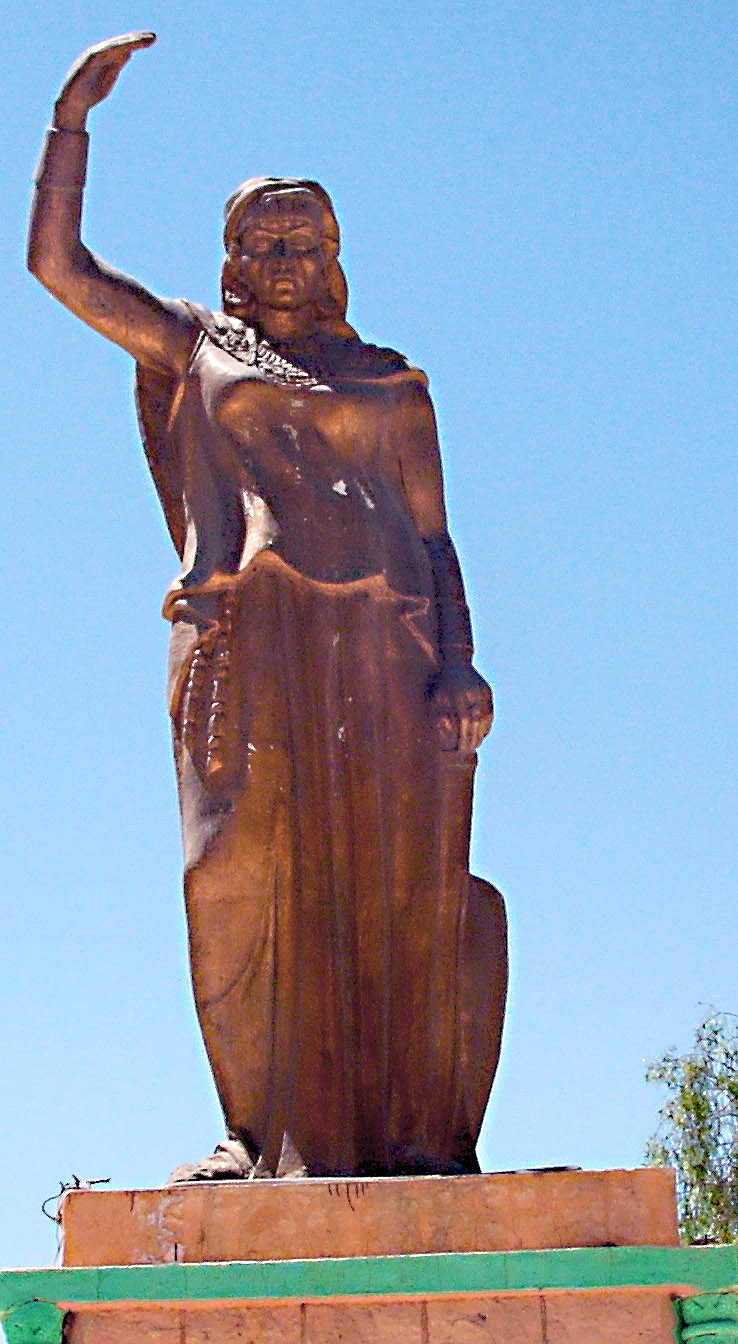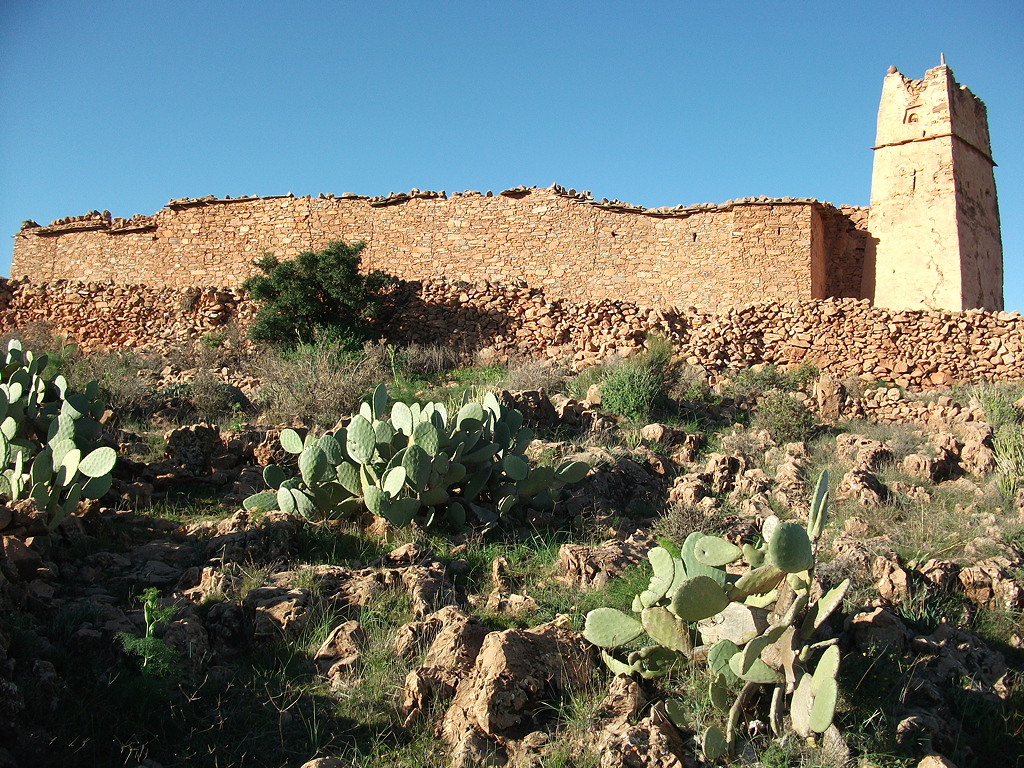Kingdoms of the Berbers in North Africa

Around 1000 BC, powerful kingdoms had arisen at the border of the Sahara desert. However, in the center of the Sahara, there lived nomads ruled by tribal chi efs who ruled over very confined areas. These nomadic tribes controlled trade routes through the desert. They were the Berber or the Moors, how the Arabs called them. For thousands of years they had lived in the desert.
The Islam conquers the Berber Tribes
Before that they inhabited the coasts of North Africa until they were displaced by the Phoenicians and later the Romans. They have been living in tribes since then, with one tribal chief, sometimes even a female tribal chief who decided the fates of several families. Around 670 everything changed when Muslim Arabs invaded the Berber regions and started spreading the Islam. The Berber fought back for a long time, but when the battles against the Arabic intruders involved more and more losses, many Berber tribes started converting to the Islam. Most of them, however, maintained their old faith in addition to the new religion.
An Empire in the Desert – the Almoravids
By the 11th century, almost all the Berber tribes had become Islamic. One tribe of nomadic stock farmers specifically stood out, as they began to espouse an especially strict Islam. The membe rs of the tribe retreated to a remote location and founded a religious centre, where they prayed and fasted. Finally they forged out plans for a large empire. They founded a politic al community and issued very strict religious rules. Those in the community, who did not abide to those principles, were severely punished. They called for belligerent jihad against nonbelievers. Thus, the movement of the Almoravids was born. Their name stood for “fighters at the borders”. Under the control of the warrior Yahya ibn Umar all Berber tribes of the Western Sahara united to form a Battle League.
The Rise of the Almoravids

By the 11th century, almost all the Berber tribes were Islamic. One tribe of nomadic stock farmers began to espouse an especially strict Islam. The members of the tribe retreated to a remote location and founded a religious centre, where they prayed and fasted. They founded a political community and called for belligerent jihad against nonbelievers. Thus, the movement of the Almoravids was born. Their name stood for “fighters at the borders”. Under the control of the warrior Yahya ibn Umar all Berber tribes of the Western Sahara united to form a Battle League.Their goal was to found an Islamic empire in the Sahara. Yusuf ibn Tashfin, the Almoravids’ second ruler, was a powerful politician. It was said that he never showed his face. He always kept it covered. Tashfin strived for bigger influence in North Africa. He conquered the north of Morocco and Algeria. Soon, a big part of North Africa was under the control of the Almoravids. Their next step was to conquer the southern part of Europe. The green area on the map on the upper left side shows how large the Almoravids Empire was.
The Downfall of the Almoravids

In the middle of the 12th century the demise of the empire began. The tribal chiefs living in sparse circumstances disregarded the instructions given by the rulers of the empire, who lived in wealthy and fertile Marrakech. More and more tribal chiefs insisted on their independence. The fight weakened the imperium. An even more radical Islamist movement was established; the Almohads. They took Marrakech by storm and annihilated the Almoravids.

